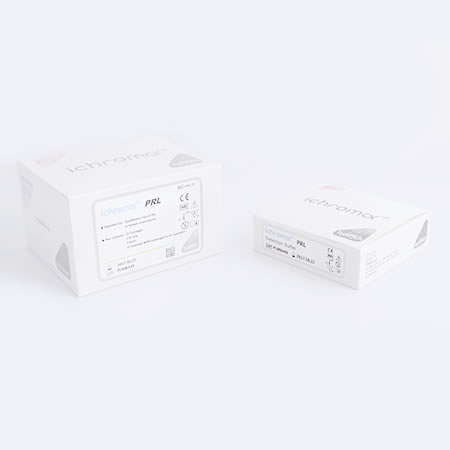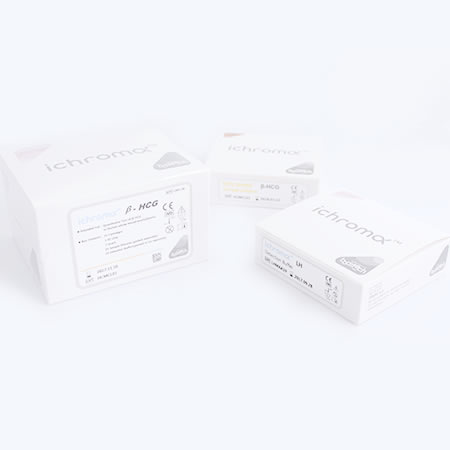| Measuring Range | 1~100 ng/mL |
| Sample Type | Whole Blood, Serum, Plasma |
| CV | <10% |
| Normal Range | Please check the product insert |
| Reaction Time | 10Min |
i-Chroma Prolactin
One of the main regulators of the production of prolactin from the pituitary gland is the hormone called dopamine, which is produced by the hypothalamus. Dopamine restrains prolactin production, so the more dopamine there is, the less prolactin is released. Prolactin itself enhances the secretion of dopamine.
The condition of having too much prolactin circulating in the blood is called hyperprolactinaemia. The most common causes of hyperprolactinaemia include pregnancy, medications that reduce dopamine action in the body, thyroid underactivity and benign pituitary tumours (known as prolactinomas). Symptoms can include the unwanted production of milk and disturbances to the menstrual cycle
The condition of having too little prolactin circulating in the blood is called hypoprolactinaemia. This condition may occur in people with pituitary under activity. A decrease in the amount of prolactin secreted can lead to insufficient milk being produced after giving birth.





